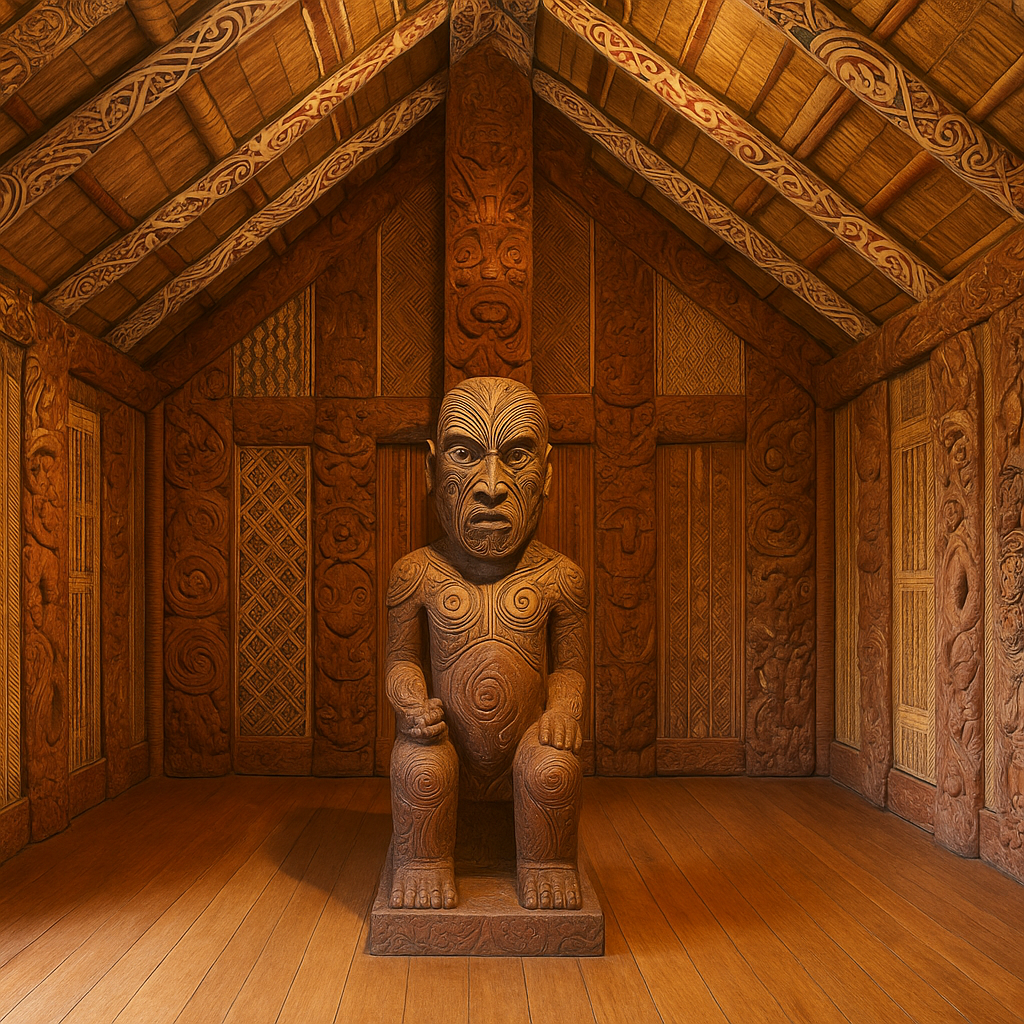1. Māori Carving (Whakairo) 1. Origins and Significance “Whakairo” in the Māori language means “carving,”…

Cultural Mirror of Western Art
Western art and culture are a history of cultural evolution, reflecting the shifts in human thought, religion, social structure, and aesthetics. From the rationality and harmony of ancient Greece and Rome to the deconstruction and diversity of modern art, Western art has shown distinct style characteristics and value pursuits in different eras.

Classical art, originating in ancient Greece, emphasized mimesis and rational beauty. Sculpture and architecture pursue proportion and harmony. For example, the Parthenon embodies the concept of the golden ratio. Roman art, more practical and documentary, developed vaulting and concrete construction techniques, laying the foundation for later generations.

Medieval art shifted towards a religious focus, with Romanesque and Gothic architecture dominating the visual space. Paintings focused on symbolism rather than realism, emphasizing the sacred and mysterious. Byzantine mosaics and the Last Judgment fresco, for example, embody a Christian worldview.

During the Renaissance, art returned to humanism and rediscovered the beauty of classical art. Masters such as Leonardo da Vinci, Michelangelo, and Raphael used perspective and anatomical knowledge to pursue the unity of nature and rationality. The art of this period was both a product of technological innovation and a reflection of philosophical thought.

The Baroque and Rococo art of the 17th and 18th centuries expressed the ultimate pursuit of emotion and decoration. Baroque art was imbued with drama and religious passion, while Rococo art was light and ornate, reflecting the aesthetic tastes of the aristocracy. From the 19th to the 20th centuries, Western art entered the modernist phase, with the emergence of schools such as Impressionism, Cubism, Expressionism, and Surrealism. Artists were no longer satisfied with reproducing reality, but turned to subjective experience and formal exploration, until the birth of abstract art and conceptual art, which completely broke through the traditional framework.

Generally speaking, the culture of Western art is both a process of technological evolution and a trajectory of ideological liberation, showing the spiritual evolution of mankind in history and culture.



